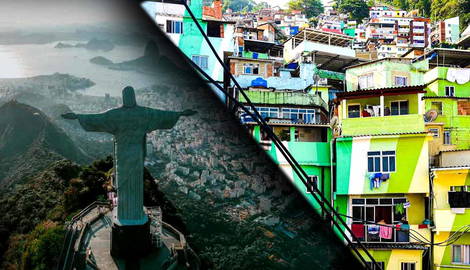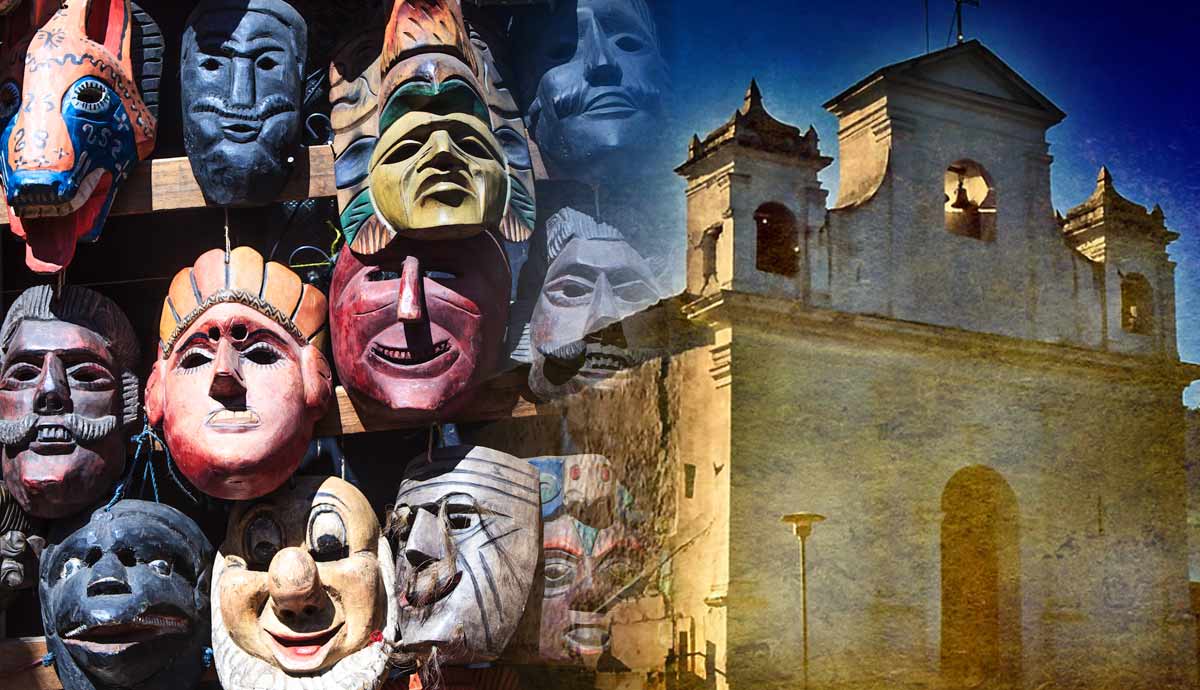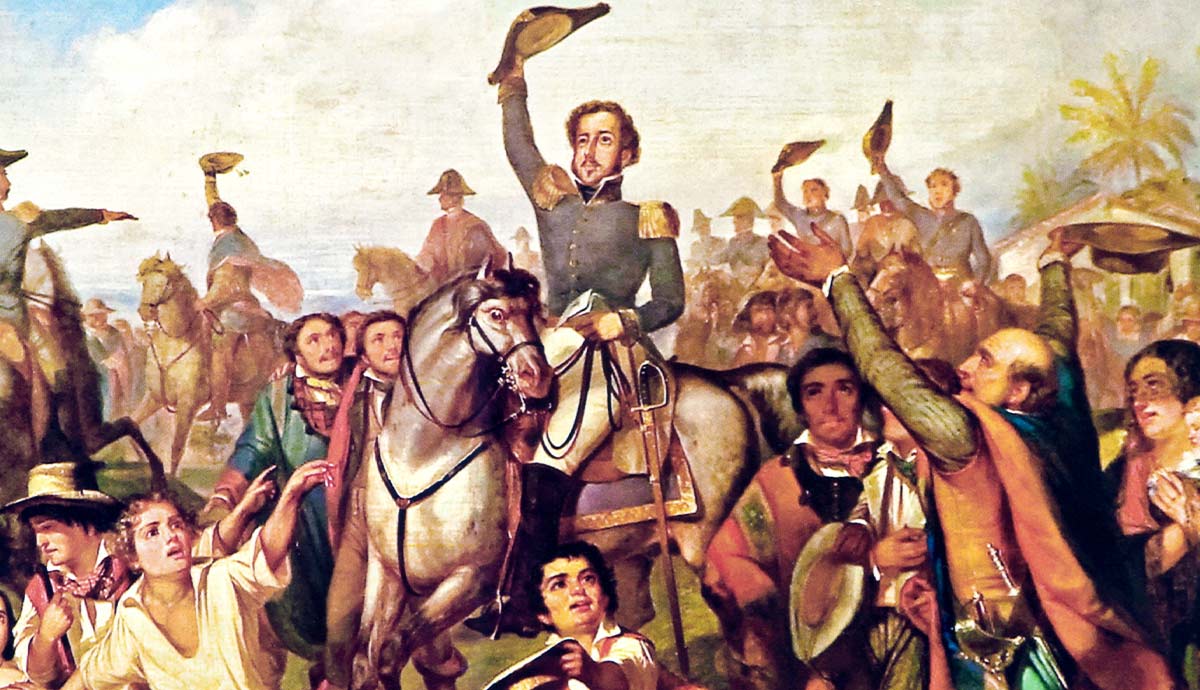
Without a doubt, Rio de Janeiro is one of the most beautiful cities in the world. Its beaches, culture, natural wonders, and nightlife attract millions of tourists every year. On top of the beach vibes and samba, people fall in love with the city’s historical sites. From classic cable cars to 18th-century churches and places famous for their music and film heritage, it’s no wonder Rio de Janeiro is a history lover’s paradise.
What Is Rio de Janeiro Like?

Rio de Janeiro is Brazil’s second-largest city. It surrounds Guanabara Bay, one of the most important ports in the world, and sprawls along the Atlantic coast. It’s surrounded by mountains and dense Atlantic Forest, a tropical and sub-tropical jungle that’s one of the most biodiverse places on the planet.
For the Portuguese, who colonized the area in the 16th century, Rio de Janeiro was a strategic settlement. So much so that it became the Portuguese colonial capital in 1763. After Brazil gained independence from Portugal in 1822, Rio de Janeiro served as its influential capital city until 1960, when the government moved its capital inland to Brasilia.
Still, the city grew rapidly throughout the 20th and 21st centuries and remained the heartland of Brazilian culture. Thankfully for visitors, its long and complicated history is preserved in its museums, landmarks, and historical places. On top of all this, Rio de Janeiro itself is a UNESCO World Heritage Site. There are endless things to see and do here if you love learning about the past. Below are just a few of Rio de Janeiro’s must-see highlights that any history lover will want to check out.
Take the Train to Christ the Redeemer

Few monuments in the world are as symbolic of a place as Rio de Janeiro’s Christ the Redeemer. Since its completion in 1931, this Art Deco statue on the summit of Mount Corcovado has overlooked the city and become one of the Seven Wonders of the World. For an unbeatable experience, head to the historic Cosme Velho train station. Here, in this quiet and historical neighborhood of 19th-century mansions and lush greenery, you can jump aboard the train to the top of the mountain. Along the journey, you’ll travel through the dense Atlantic Forest jungle and see some of the city’s most famous monuments on your way. Once you arrive, you can walk around the statue and enjoy unparalleled views of the city and the surrounding sea and mountains.
Learn About the History of Slavery at Cais do Valongo

About 5.5 million enslaved Africans and countless Indigenous people were forced into slavery in Brazil between 1540 and 1888. Like the United States, the country was built on the enslavement of others and the brutality that came during and after slavery officially ended had an everlasting impact on the country’s society. At Cais do Valongo, you can see ruins of the spot where around 900,000 Africans arrived in chains. The somber monument is now a UNESCO World Heritage Site.
Today, you can walk amongst the ruins and see where the former wharf of Rio de Janeiro once stood. The site is well-preserved, featuring the original contours of the former beach it was built on. It remains one of the most important historical sites that chronicles the bloody legacy of slavery in the Americas.
Visit the Awe-Inspiring Royal Portuguese Reading Room

A group of Portuguese immigrant book collectors brought thousands of Portuguese books to Brazil in the early 19th century. The collective wanted to give the newly independent country a great collection of literature which, over time, became the largest library of Portuguese books in the world. The current Neo-Manueline style library opened in 1887 when Rio was still the Empire of Brazil’s busy capital city. The impressive collection of around 350,000 books got an elaborate home in the center of the city.
Rio de Janeiro’s Royal Portuguese Reading Room is a space that has withstood time. Rows and rows of books tower above you as you enter this one-of-a-kind place. Today, the classic books are stacked and color-coordinated along the walls, creating a towering bookshelf. If you love books and libraries, the Royal Portuguese Reading Room is a dream destination that you cannot miss.
Visit the Iconic Pedra do Sal

Rio de Janeiro is steeped in music history and nothing is more world-renowned than samba. Many historians and experts think the music style evolved from Angolan and Congolese enslaved people who arrived in Rio in the 16th century and earlier. In the historic center of the city, you can find one of the most significant historical sites in samba’s long and influential history. At the Pedra do Sal, you can witness the magic and energy of samba live and learn about its history.
The rock that the street was built over doubles as a dance floor, and people from all over the city come to party. You will see firsthand how samba evolved and how it continues to evolve.
Like everywhere else in the city, make sure to use reliable transportation to and from Pedra do Sal. Although Pedra do Sal is safe to visit, the surrounding area and all of downtown are not safe at night.
See Downtown’s Historical Landmarks

Downtown Rio might be gritty, but it’s full of must-see landmarks. Just remember to visit during the day and avoid coming here at nighttime or on Sundays. First, head to the Praça XV de Novembro square near the waterfront. This is where Rio de Janeiro was founded as a capital city. You’ll see the Paço Imperial, the 18th-century former royal residence of the king of Portugal and later the emperor of Brazil.
From here, head over to the Museu Naval, the city’s national naval museum. Here, you’ll see replicas and exhibits that take you on a journey through Portuguese and Brazilian naval history.
After enjoying the square, don’t miss the beautiful Municipal Theater of Rio de Janeiro. This ornate building has been the city’s primary opera house since 1909. Inside, you can see lavish antiques, statues, and murals that showcase the city’s past.
Walk the Halls of the National History Museum

Since 1922, the National History Museum of Rio de Janeiro has been the place where every history lover comes to get a crash course on Brazilian and local history. The museum began as a dream by novelist and cultural figure, Gustavo Adolfo Luiz Guilherme Dodt da Cunha Barroso.
Inside the beautiful building, you will be guided through the history of the country, spanning from the Indigenous peoples, through Portuguese conquest, slavery, to independence from Portugal. Throughout the museum, you can see relics and artifacts, including weapons, naval instruments, Indigenous art, Portuguese chariots, classic vehicles, and ornate art and pottery.
The museum then goes through beautiful descriptions of how modern Brazil formed, touching on its colonial past and the cruel legacy of slavery in the country. You’ll learn about the stratification of Brazilian society and how the city’s favelas formed. You’ll want to set aside several hours to visit this incredible museum. This will give you enough time to appreciate the exhibits and the wealth of information they display.
Take the Cable Car to Sugarloaf Mountain

No visit to Rio de Janeiro would be complete without staring in awe at Sugarloaf Mountain. This is by far one of the most famous viewpoints in South America, giving you a bird’s-eye view of Rio and its historical landmarks. Early Europeans named this massive natural landmark Sugarloaf because of its uncanny resemblance to the conical sugar cones that were popular in the 19th century. The history of its world-famous cable cars is one of the most fascinating parts of the city’s legacy.
It all started in 1908 when Augusto Ferreira Ramos, a Brazilian engineer, got funding from the Brazilian government to build his dream project. From 1910 to 1913, workers tirelessly built a cable car stretching from Praia Vermelha beach to the first hill, Morro da Urca, and then on to the peak of Sugarloaf Mountain. Since then, famous people such as Bob Marley, Malala, John F. Kennedy, and Albert Einstein have taken rides in these iconic cable cars. Every year, millions of people ride the cars to the top of the mountain, making this landmark one of the most visited destinations in South America.
Rio de Janeiro’s Favelas

Rio de Janeiro is a massive city, with a population of over 6 million people. It suffers from severe income inequality and people with little money or resources built settlements, known as favelas, in the hills surrounding the city. This happened over decades following the country’s fast economic growth in the 1970s. Many of the favelas suffer from severe gang violence and are controlled by gangs. On top of the security issues, there are problems with sewage, infrastructure, clean water, and the lack of support from the government.
However, favelas are home to endless cultural and societal contributions that have etched themselves into Brazilian culture and identity. People have created ingenious pieces of architecture, enjoyed samba and capoeira, and produced endless music and artworks.
Favela tourism is a touchy subject in Brazil and it is often not recommended because of safety issues. Promoting tourism that takes advantage of people living in impoverished areas is also a subject worth discussing. However, you will still be able to learn about the favelas and their rich cultural heritage throughout the city, in museums, live music venues, or while taking the time to meet the people who call favelas their home.










